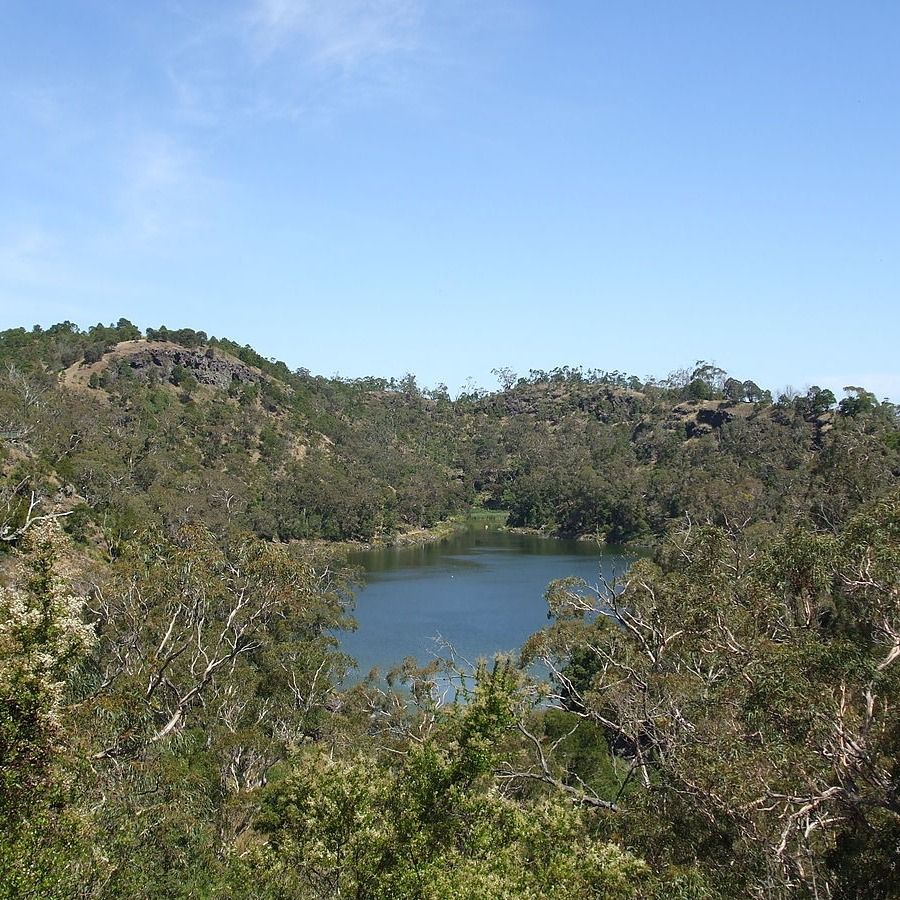Home/Curriculum resources/Budj Bim: an Aboriginal cultural heritage landscape /Activity 1 - Researching Budj Bim
Learning Area:
Humanities and Social Sciences
Year level:
Level 10

Activity 1 - Researching Budj Bim
This activity is a part of the Budj Bim: an Aboriginal cultural heritage landscape resource.
Lake Surprise, Budj Bim, Victoria. Gunditjmara country. Source: Wikimedia Commons. License: CC0 1.0
Individually or in small groups, students can research several aspects of the cultural connections of the Budj Bim people to country, their development and use of environmental management strategies over thousands of years, and the modern context of collaborative management of the area. Students can also compare the Budj Bim example with other examples of Aboriginal and Torres Strait Islander people’s approach to custodial responsibility and environmental management. 0
Step-by-step guide
Step 1: Researching Budj Bim
Students will undertake the following in their research task.
Research and find maps that detail the extent of the Budj Bim National Heritage Area, and locate significant features such as Budj Bim, the eel traps and other significant sites of human occupation around the shores of Lake Condah.
Research Gunditjmara stories that reference Budj Bim, to determine if there is evidence of volcanic activity preserved in their creation stories or other stories.
Research the evidence which details the activities of farming, harvesting, preserving and trading the eel resources, and consider what environmental and ecological knowledge would be required to successfully develop the aquaculture activities. Students should include reference to aspects such as the effect of the weirs on water levels and extent of the retained water, and the life cycle of the eels.
Step 2: Reflective Writing
Describe how the use of the aquatic farming activities at Budj Bim could have influenced the development of the Gunditjmara communities in the Budj Bim region.
Describe the current environmental practises employed by Gunditjmara at Budj Bim and compare with the pre-colonisation practices identified in their research.
Step 3: Investigating World Heritage Status
Investigate the process of applying for World Heritage status.
Consider: What impact could this status have on the local area and the local community?
Step 4: Extension
Research other examples of environmental management practises used by Aboriginal and Torres Strait Islander People. This could include examples of the use of fire to manage access through country, to encourage vegetation regrowth, and assist with harvesting and hunting.
Investigate a current day example of environmental management techniques used to protect a culturally significant area in another region of the Australian mainland or the Torres Strait Islands.
Related activities within this resources:

Activity 2 - Budj Bim Timeline tasks: change and continuity
Within these two tasks, students will explore change and continuity within the landscape of Budj Bim, including the UNESCO world heritage list process.
Suggested timing:
One to two lessons

Activity 3 - UNESCO World Heritage list research
Students will research and explore the UNESCO World Heritage list and consider the ways it might be applied to sites of Indigenous importance across the world.
Suggested timing:
30 minutes